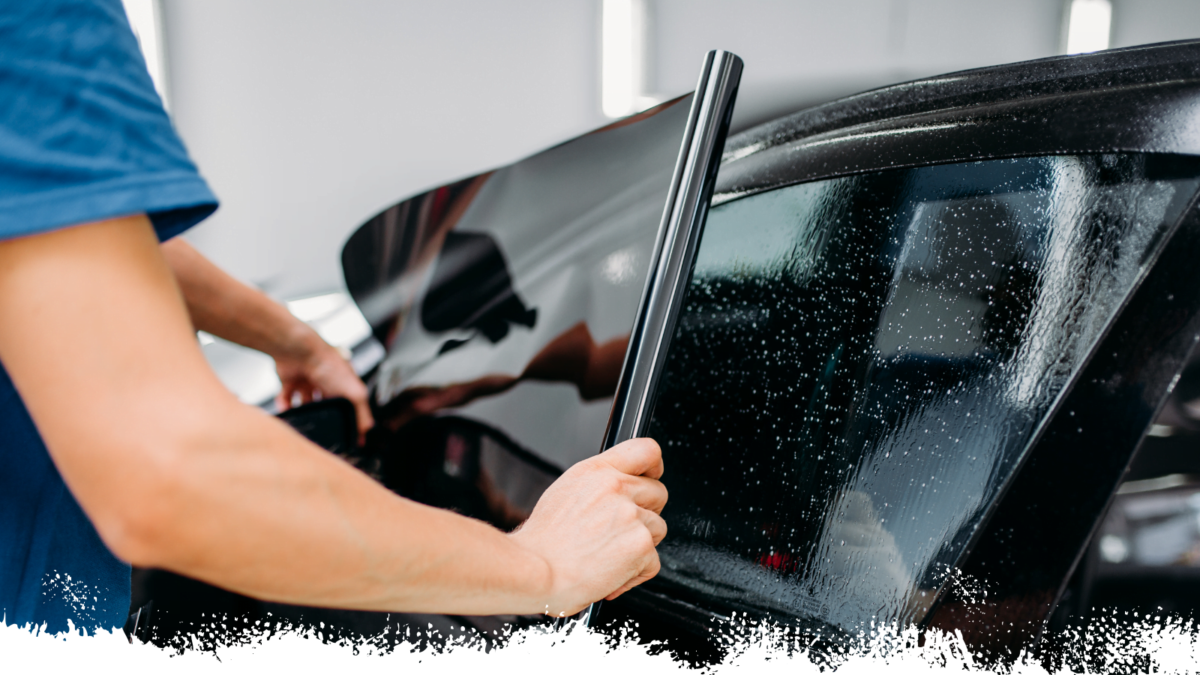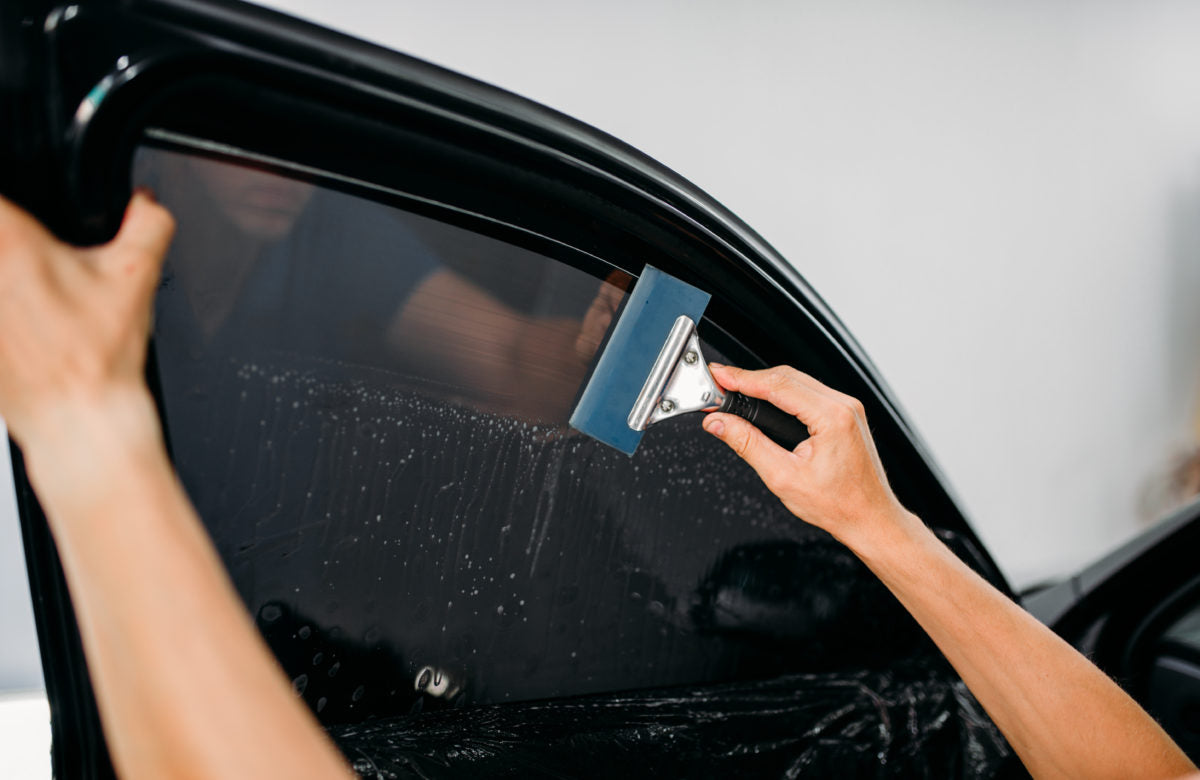Find the Best Tint Near Me: Neighborhood Alternatives for Superior Window Tinting
The Full Malfunction of Vehicle Home Window Tinting Regulations: Keep Informed and Avoid Expensive Penalties
Recognizing the ins and outs of automobile window tinting legislations is paramount for every single car owner. With laws varying throughout states and territories, a detailed understanding of the permissible color degrees and guidelines can save you from potential fines and lawful problems. By remaining informed and guaranteeing conformity with these regulations, vehicle drivers can not only boost the aesthetic charm of their cars but additionally protect against costly penalties. Allow's explore the nuances of home window tinting regulations, from legal portions to enforcement procedures, and uncover the important pointers for maintaining tinting compliance.

Value of Comprehending Tinting Laws
Understanding tinting legislations is essential for lorry owners to make sure compliance with guidelines and avoid potential fines or charges. By being educated regarding tinting regulations, automobile proprietors can make informed decisions concerning their car alterations and avoid the headache of having to remove unlawful color.
Along with legal consequences, incorrect home window tinting can also affect exposure while driving, specifically during the night or in unfavorable climate condition. Dark window tints can minimize presence for the driver and obstruct the view of pedestrians or various other lorries, increasing the threat of mishaps. car tint. Comprehending the tinting legislations can aid vehicle drivers strike an equilibrium between aesthetics and security
In addition, following tinting laws can additionally prevent unnecessary expenses. Removing illegal tint and paying fines can be costly, adding economic burdens to vehicle owners. By complying with tinting regulations from the start, vehicle drivers can stay clear of these added costs and make sure a smooth driving experience without disruptions from police.
Kinds Of Window Tinting Rules
Having a clear understanding of the value of following tinting legislations, it is important to know the various kinds of home window tinting policies applied across numerous states. These regulations normally focus on the Visible Light Transmission (VLT) portion, which gauges the amount of light permitted to travel through the colored home windows. States like California have stringent laws, allowing only 70% VLT for the front side windows and windscreen, while states such as North Dakota allow up to 50% VLT. Furthermore, some states have differing laws for rear windows and side windows behind the chauffeur. It's crucial for car proprietors to acquaint themselves with these specific policies to avoid fines or citations.
Additionally, specific states might likewise have guidelines pertaining to the reflective residential properties of home window color and making use of specific shades. Reflective color is commonly forbidden, and colors like red, amber, and yellow may not be allowed due to presence problems. Understanding these nuances in window tinting laws can aid cars and truck proprietors make informed decisions when tinting their windows to ensure compliance with the law.
Lawful Tinting Portion Guidelines
Discovering the permissible tinting percents developed by state laws gives vital assistance for vehicle proprietors seeking to abide by legal policies (window tinting tampa). These standards dictate the optimum permitted darkness for home window tints, typically determined in Visible Light Transmission (VLT) percentage-- the quantity of light that can go through the color. Some states might permit a VLT of 70% on the front side home windows, while others only permit 50%. Rear side windows and the back windshield commonly have different VLT limitations, which can range states.
Understanding these legal tinting portion standards is important to make sure conformity and avoid potential fines or charges. Failing to comply with the defined VLT limits can result in citations, requiring removal of unlawful colors or dealing with financial penalties. Before applying window tints to a vehicle, it is recommended to research and familiarize oneself with the tinting laws particular to the state of registration. By following these regulations, car owners can delight in the benefits of home window tinting while remaining on the appropriate side of the regulation.

Enforcement and Effects of Infractions
Imposing the well-known tinting portion standards is important in keeping compliance with state regulations on vehicle home window tinting. Failing to comply with these guidelines can result in different effects for vehicle owners. Regulation enforcement agencies carry out normal checks to guarantee lorries meet the specified color darkness restrictions. If a violation is determined, the effects can include fines, citations, and even required removal of the unlawful color. In some instances, repeated offenses may result in a lot more extreme penalties, such as points on the chauffeur's permit or lorry enrollment suspension. Additionally, driving a car with excessively tinted home windows can present safety and security threats by reducing visibility for the chauffeur and others on the road. To prevent these enforcement activities and possible threats, it is crucial for vehicle owners to stay informed about the tinting laws in their state and ensure their vehicle's window tints adhere to the defined regulations.
Tips for Compliant Window Tinting
To make certain conformity with automobile window tinting laws, it is essential for lorry proprietors to comply with certain suggestions for choose and using window colors. Firstly, constantly check the neighborhood laws regarding allowable tint levels for every window of your car. Different states have differing legislations, so recognizing these guidelines is crucial. Second of all, go with top notch tint films that are certified with the recognized criteria. Substandard items may not offer the desired level of UV defense or could discolor in time, resulting in possible lawful problems. In addition, consider having a professional window tinting service install the color. This can help make sure that the color is applied properly, decreasing the risk of bubbles, creases, or unequal protection that can result in non-compliance. Lastly, preserve your color routinely by cleaning it with authorized items to avoid it from peeling off or bubbling, which could attract unwanted interest from authorities. By sticking to these pointers, you can enjoy the advantages of home window tinting while remaining within the boundaries of the regulation.

Verdict
To conclude, it is essential to be educated concerning automobile home window tinting laws to prevent prospective penalties and fines. Understanding the different types of guidelines and lawful tinting percent standards can aid ensure conformity with the law. Enforcement procedures for offenses are in location to promote these regulations. By adhering to these guidelines and tips for certified home window tinting, chauffeurs can keep a risk-free and lawful car tint automobile appearance.
Having a clear understanding of the value of conforming with tinting legislations, it is important to be aware of the various kinds of window tinting regulations enforced throughout different states. Comprehending these nuances in home window tinting laws can help car proprietors make notified decisions when tinting their home windows to make sure compliance with the regulation.
Prior to applying home window tints to a vehicle, it is suggested to research study and familiarize oneself with the tinting regulations particular to the state of enrollment. To prevent these enforcement actions and possible risks, it is important for auto proprietors to stay notified about the tinting legislations in their state and ensure their automobile's window colors comply with the defined policies.
To make certain compliance with auto window tinting regulations, it is essential for vehicle owners to adhere to particular pointers for picking and applying window colors.